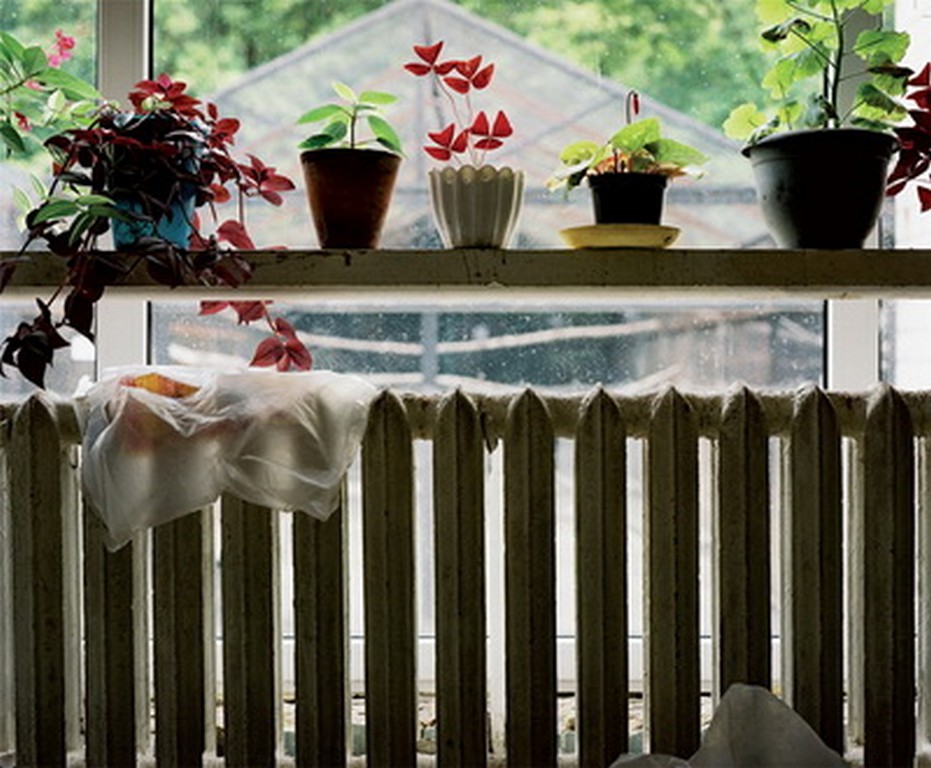
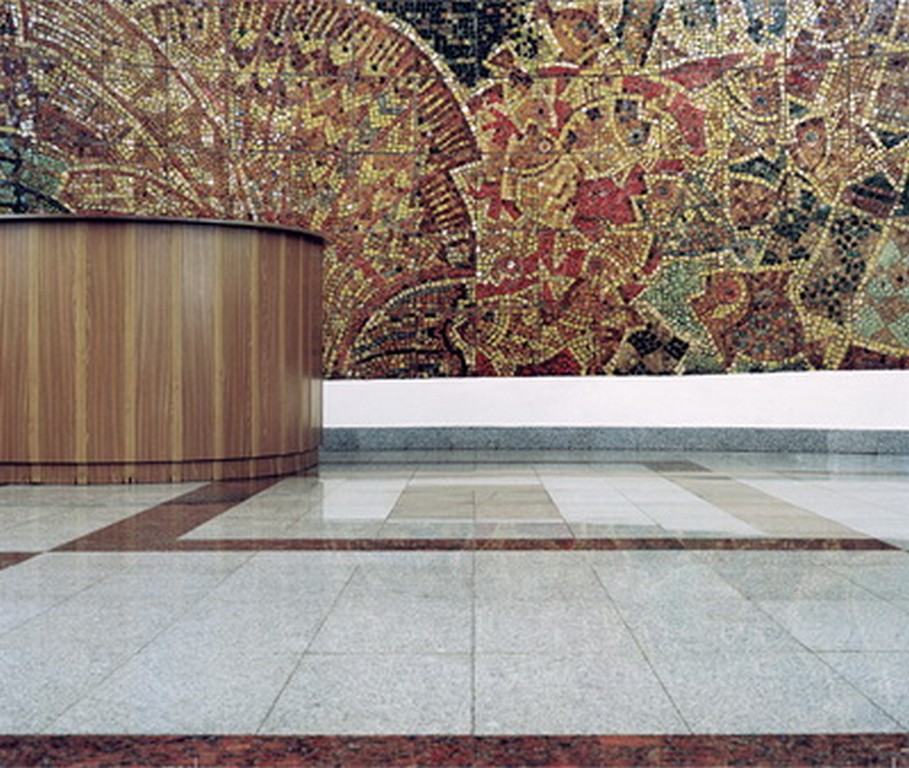
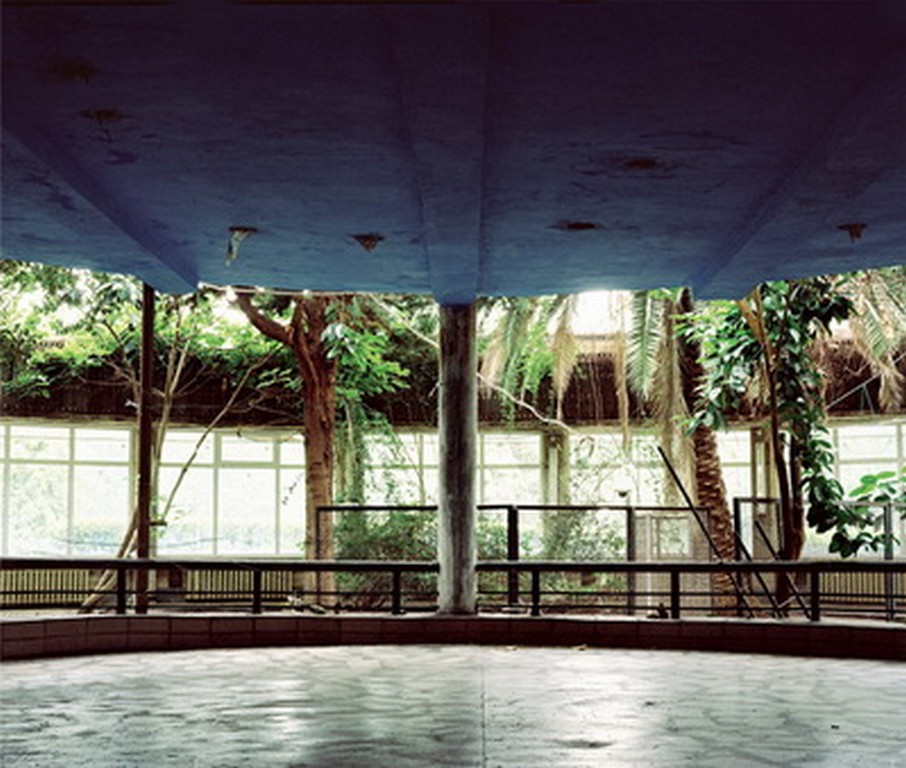
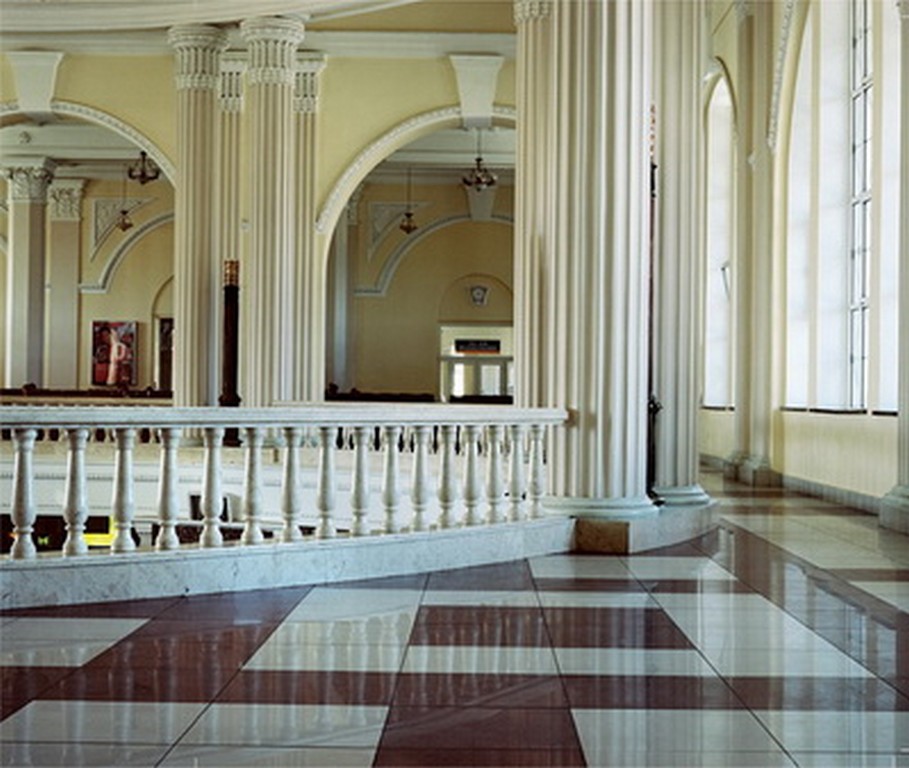
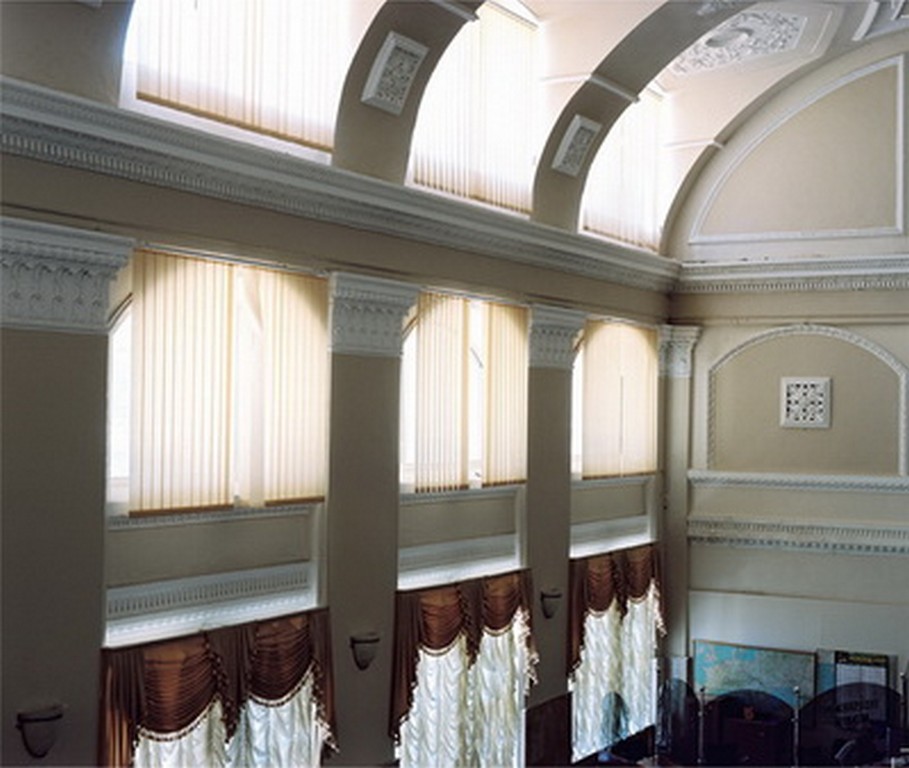
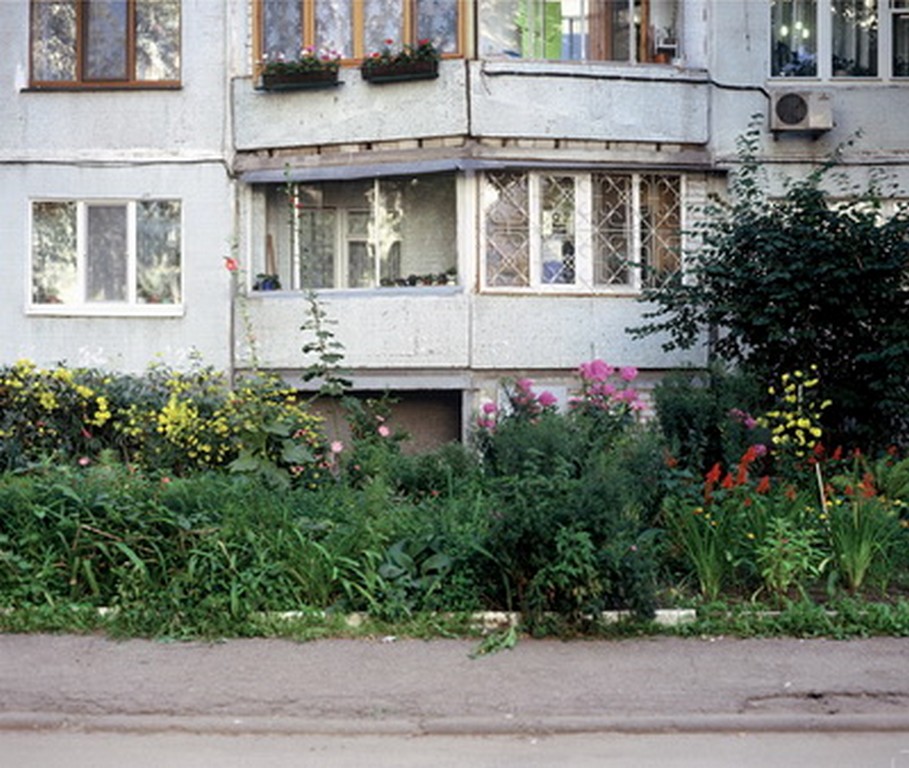
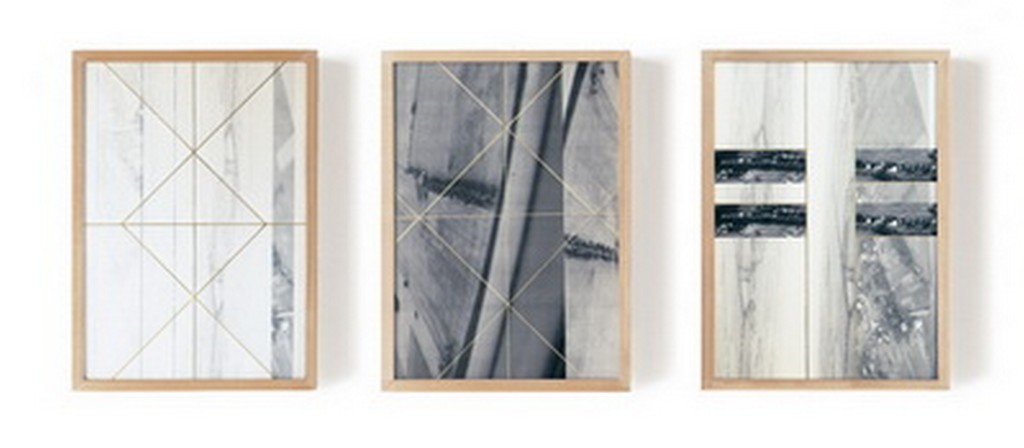
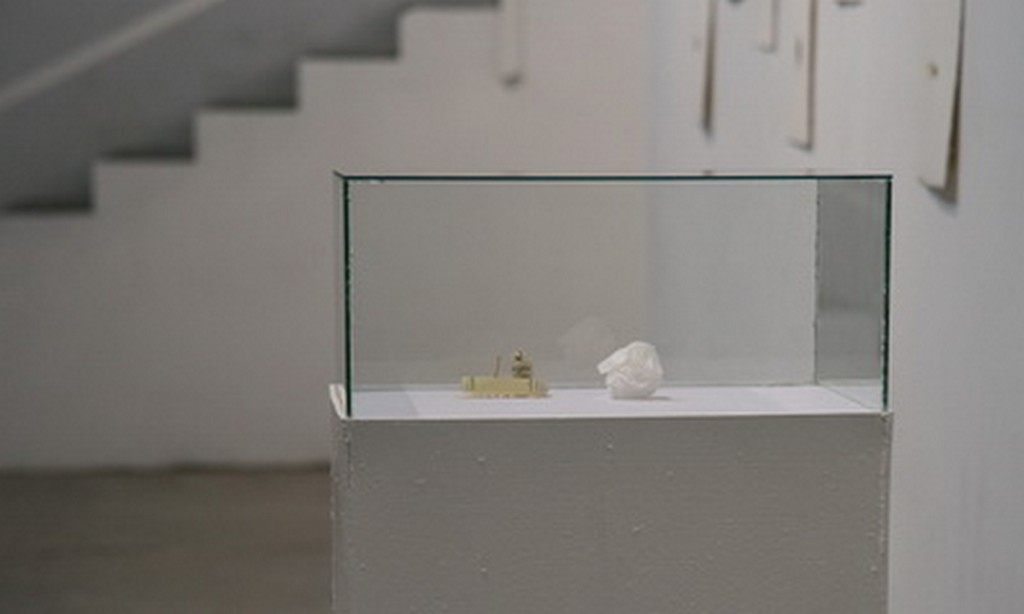
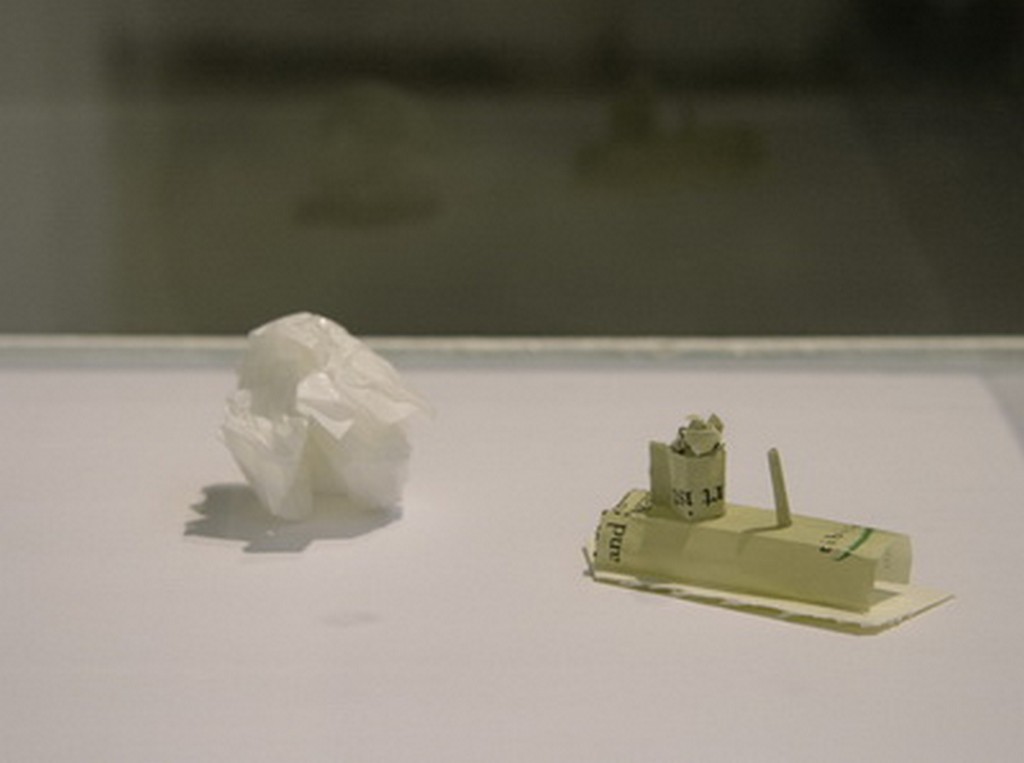
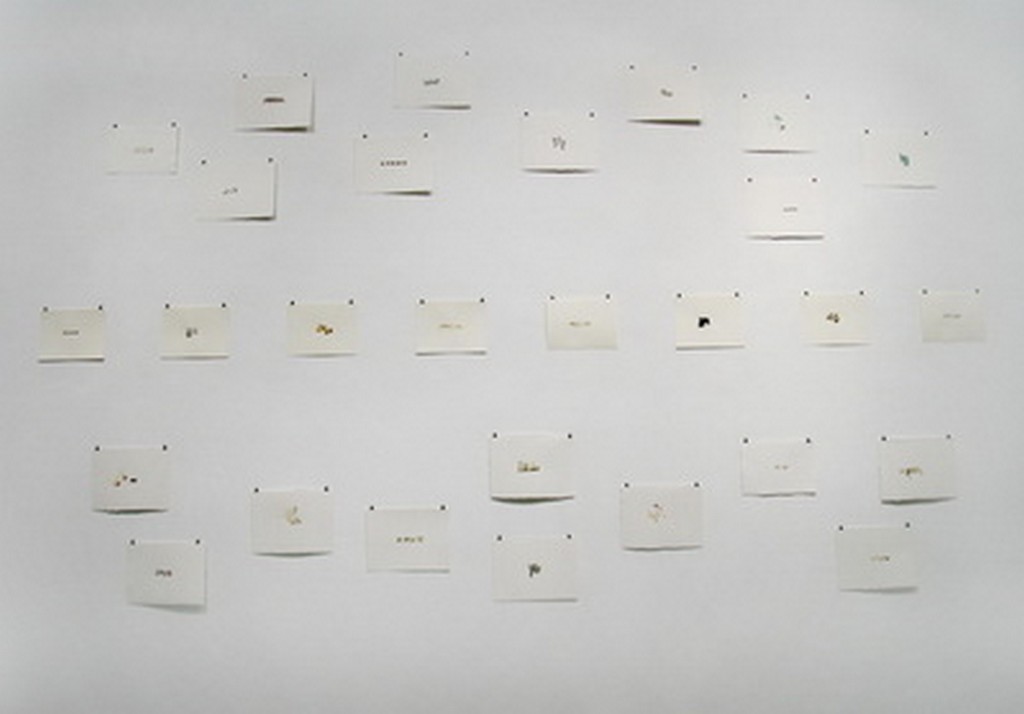
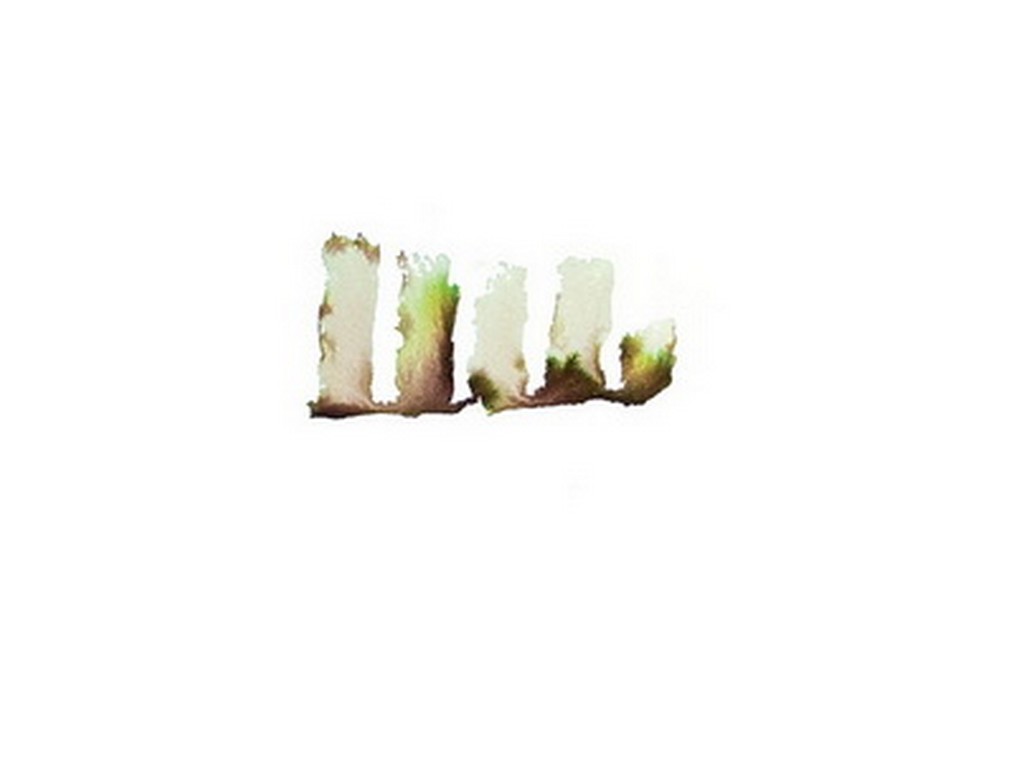
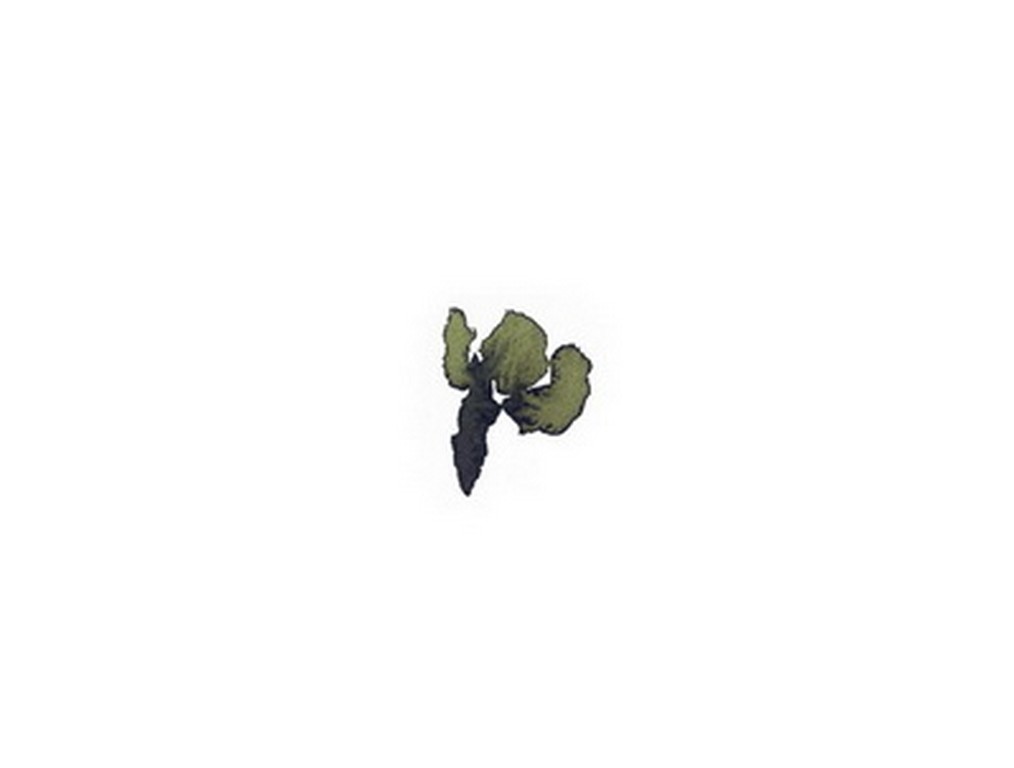
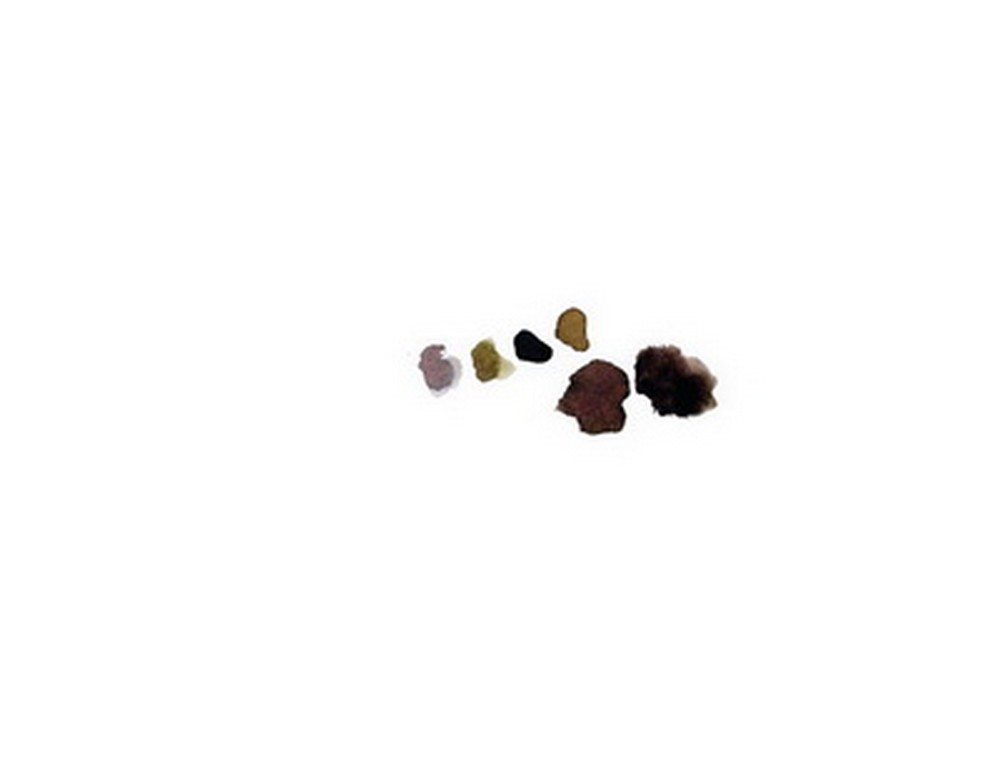
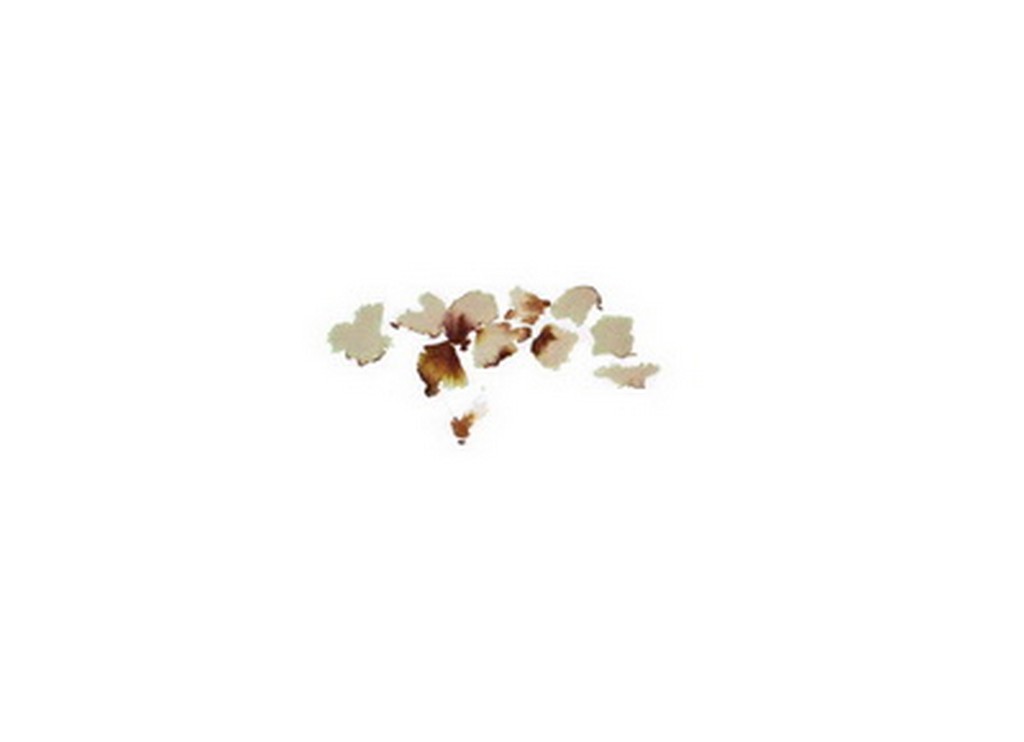
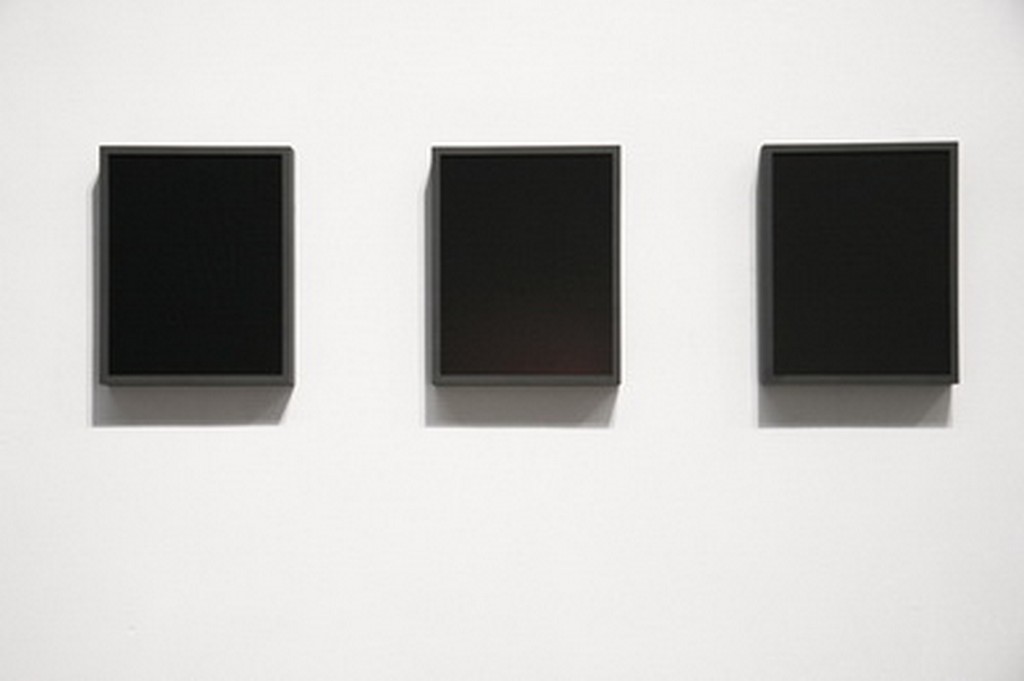
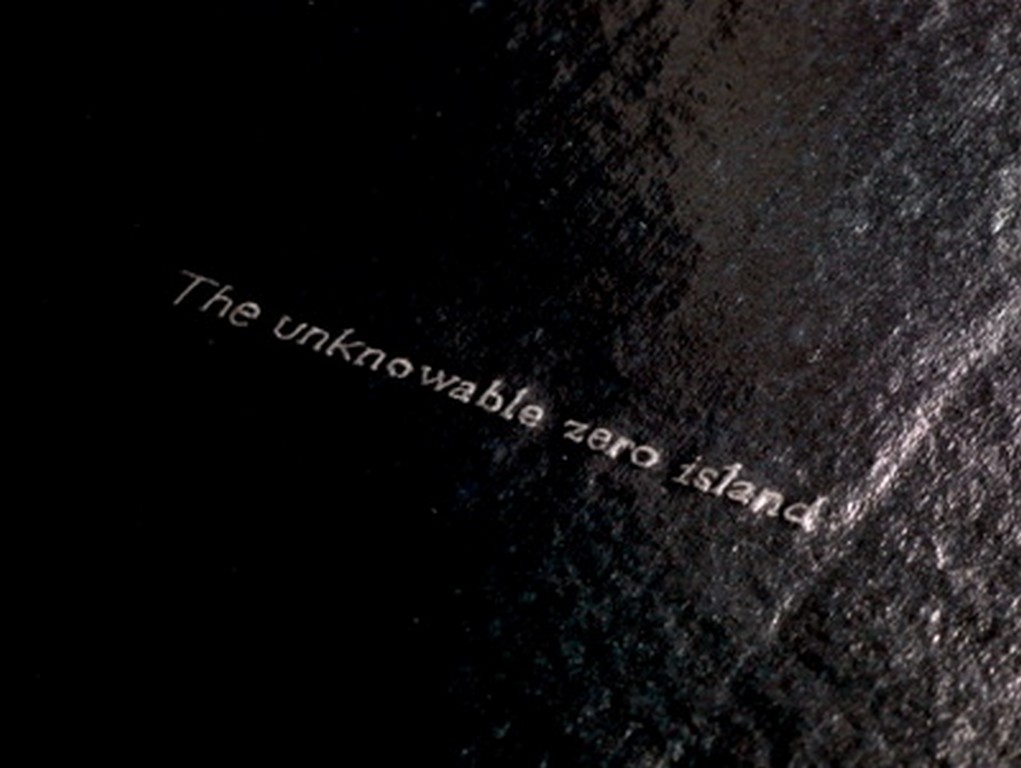
| FEDOROVA CULTURAL FOUNDATION presents project of Italian contemporary artist Michele Dantini "ZMEINIY. UKRAINIAN NOTEBOOK" Curated by Diana Fedorova and Alberto Salvadori. |
VIEW FROM KIYV
Europe as a totality of work outlook principles, social standards and artistic diversity, which are so attractive from the point of view of individuality, has formed in the face of just several generations. Degeneration of limited monarchy was destroyed by dictatorship plague. Pathos of their overcoming was disfigured by spasms of last colonial wars. Europe with newly-born profound art of Michele Dantini became possible also due to Dien Bien Phu and Algeria. A road to tolerance remains personally complicated and sometimes even traumatic. But it has become a credo of Europe. And crusaders’ successors who were amazed by the practice of personal hygiene thanks to their enemies – Saracens, offer the world a new sense of research – clean of wildness.
Art of Michele Dantini is a real research. He represents generation for which roles of hero or demiurge in art are fossils of surmounted past. He reserves the right for global thoughts, but it is his personal right, personal business, personal thoughts. Cherishing the area of his personal research, Dantini opposes to mass media narrative, truly believing that there is reality behind simulacrum. And it can be not only seen, but also shown to somebody.
His projects are born from his travels, But it is not nomadism. An artist-nomad opens himself for other cultures, myths and territories. A researcher opens them for himself. “After cultural and personal manipulations of a place I use in my projects, a kind of genealogy is made with time. They set subjects of self-reflexive process. Something happens and then we can reach moments of crystallization or self-consciousness with the help of so obviously distracting practice as travel”, – Dantini says.
In the project “Zmeiniy. Ukrainian Notebook” artist appeals to image-paradox: flat, almost bare island, which does not have any obvious tourist or economic attractiveness, but still being the subject of geopolitical dispute in Europe. By offering to look at Zmeiniy as at a place provided for migrating birds, opening up an association row through pictures of “pavilion of birds” built in 1972 in Botanic Garden of Kyiv National University, Dantini at first sight appeals to intelligent common place – nature pressed by civilization. But he is inevitably in discourse formulated by Achille Bonito Oliva: “In European art natural is treated not as virgin and primordial, it is a fortiori included to historical and cultural context, which means any reality and essence, physical or abstract, which is expressed in appeal to myth taken through prism of critical reflection, and in more common sense - results in generation of anthropologic research”.
In this case, Status quo of state frontiers formed after the Second World War, personal but yet geopolitical, seems to remain one of the bases of European stability. Zmeiniy Island, which used to belong to Turkey, Russia, Romania at different periods of time, was conquered by Red Army in 1944, became a part of the USSR under the contract of 1948, where it became a part of Ukraine – one of UN founders. Ukrainian-Romanian contract of 1997 confirmed sovereignty of Kyiv over Zmeiniy Island, but in 2004 Bucharest appealed to international court, stating that it is not an island, but a rock – a natural continuation of Romanian continental shelf.
We shall give its own to Romania – it remained a willful country even under the block controlled by the USSR. Nicolae Ceausescu asserted territorial claims to Hungary and sent Romanian sportsmen to Olimpic Games of 1984 to Los Angeles, ignored by all socialistic countries except for China.
Dantini’s «Ukrainian Notebook» is full of references to unique genealogic ties , deeply ingrained into genealogy of European mentality. Designed together with biologists of Odessa State University named after Mechnikov, an architectural model of pavilion for migrating birds, potentially provided for Zmeiniy Island is a touching memory of St. Francis of Assisi, who addressed his sermon to birds. And through birds – to Pope Voityla, whose charm and blood relation to Slavic world have melted suspicion of the latter to Catholicism. Birds fly without any frontiers. Ioannes Paulus II was among those whose words added to breakdown of the Curtain and Berlin Wall. But Europe experiencing the happiness of almost unlimited freedom within Schengen Zone, has been creating humiliating conditions for Ukrainian citizens willing to obtain visas during the last few years.
Presentation of Dantini’s project in Kyiv Gallery “Tsekh” happens at the height of public dispute on this topic. One of the founders of Ukrainian Helsinki Union, Soviet dissident and prisoner of conscience Miroslav Marinovich says in his open letter: “During my imprisonment I went on a hunger strike for many times to express a protest. Current situation incites me to do almost the same: to express my protest against visa restrictions which contradict the spirit of unified Europe I renounce all my trips to Schengen countries for the period of one year (and I want to apologize to moral world theologians that I will not be able to speak at the scheduled conference in Trento, Italy in July 2010). I understand that my protest can be sarcastically described by the Solzhenitsin’s phrase “a calf butting an oak”, and therefore I appeal to you, my colleges in struggle for human dignity, asking for solidarity. I talk not about “visa strikes”, but about solidarity in pressure upon European bureaucracy, which seems not to see a human being behind paling provisions».
Only a hundred years ago lands of Italy and Ukraine formed a single state – Habsburg Empire; “it opened new geographic opportunities for us, having taught us to look at Western Europe with love to its tender sunset”, – Yuriy Andrukhovich writes . He points out that «thanks to this old woman, which did not exist before, they managed to reconcile and to unite many irreconcilable and non-united items. Because of its patched-up character and promiscuity, because of biological and historical involvement in everything in the world, it turned out to be a real “circus of anomalies”, a portable collection of aliens and monsters. It had to select for itself freedom and pluralism, giving refuge to almost everyone – from the Hasidism to Old Believers, from mysterious Karaites to rather everyday Maramoros gypsies; it was probably the first who started to curtail racial, national or religious persecutions».
An appeal of Italian artist to Ukraine as to the place of travel and research and of the first installation of the “Zmeiniy. Ukrainian Notebook” project, adds some artistic connotations to the event. An image and myth of Italy appeared to be one of the basic ones for art which presented itself during collapse of the USSR and was named “Ukrainian wave”. Its ideologists Alexandr Reutburd and Mikhail Rashkoventskiy when disputing with Moscow conceptualists wrote in 1989: «Constant characteristics of fundamental realities of Ukraine (blue, magnificent, sunny, splendid, black-eyed, sweet-voiced etc.) enables us to read the term “vitality” (V-Itality) as “Eastern Slavic Itality (Italy)” . Being in raptures of immense full play for self-expression, which opened to artists with collapse of totalitarianism, they failed to keep the balance between naive generalization and compulsory irony of their post-modernism. But they created a metaphor which inspired Ukrainian art for about 20 years: «…soul of Italy is burdened with grief for irretrievable Gold Age, for lost antique splendor. Ukraine without so great imperial past grieves for the possibility of such grief itself. This grief is wonderful as an unsatisfied love languor, but its subject is illusory. So, Ukraine considers itself as some illusory “Heaven Italy”, which so much differs from earth one, as Heavenly Jerusalem differs from real one».
Michele Dantini is one of those who explode stereotype of Italian weakness for excessiveness in art, as well as for imperial grief. Well, ideas and works of Reutburd are currently related not much to actual artistic process in Ukraine, but to its museum-like newest history, and there is much more resemblance between real Ukraine and real Italy than between earth and heaven. Let’s just take some corruption scandals and political crises: a rare government can live for more than three years – both in Italy and in Ukraine.
In the meanwhile, an approach of researcher-traveler is laid in the basis o Italian cultural code. Florence Dantini was born in a phenomenon of conversion of an experience of personal trips into art works, particularly literature works, has been known from the Middle Ages. “Chronicle” written by Bonaccorso Pitti is an example of such artistic research, created by Florentine warrior for the purpose of his own perception of events which occur around the epoch and training literature. This text does not contain unusual impressions typical to Marco Polo, passion of life description of Benvenuto Cellini, but imagery and literature turns of speech are not darkened by mannerism. And it does not almost contain any truisms ruling over the age of aesthetics. Michele Dentini longs to the same six hundred years after, standing his own individual observations, opposing his personal experience to inspirations of mass consciousness.
Here it makes sense to remember an idea of “genealogy”, important for Dantini’s works, as well as his aspiration for book as an important component of the project, equal (if not a key) carrier of not only its sense, but also visuality, beside installation and photo prints. For Bonaccorso Pitti a book is also a classification and research tool, and not a reservoir for impressions or expressions. Meetings with demonized Anti-Pope Ioanne XXIII, insidious murder of duke of Orleans by duke of Burgundy, an attempt to poison Emperor Rupprecht of Bavaria through enema, participation of king of France Carl VI in battles at oriflamme, other bright events and own mishaps («We are carried to Berber and we will become slaves there» ) take only a third of Florentine’s “Chronicle”. Remaining information contains detailed enumeration of all cities he has been to (from Zagreb to London, from Brussels to Pisa) and genealogy of his relatives with all their deaths, marriages, grandchildren and children.
Such Florentine approach without sticking to details, but taking the reader to the world fixed by the artist, allowing self-studying, is very typical for Dantini. This art implies desire for thinking and conversation. It dies not pay much attention to mechanic stimulation or effects provided for instinctive emotion.
A year 1972, when a pavilion for birds Dantini was interested in was built in Kyiv Botanic Garden, was a year of the first state visit of the head of Italian government to the USSR. Giulio Andreotti, who occupied that position, understood that in the post-war cities of Moscow, Leningrad and Kyiv he visited people just learn to distinguish fascist Italy and a republic born by the Resistance movement: understanding of new realities and bringing up respect towards those despised yesterday,–were not gestures, but processes. He did not forget how in 1960 during the visit of president Giovanni Gronchi to Kremlin Nikita Khruschev offered him to enter the Party of Communists, and during official speech of the head of Italy commented loudly: «Well, what does this ass want? He just repeats Adenauer» . He also remembered great figures of cardinal Josef Slipoy, who passed 18 years of Stalin’s camps. He was the head of Ukrainian Greek-Catholic church, who refused accepting its abolishment even in exchange for holy order of Patriarch of all Russia . He remembered his visit to the Second Vatican Council thanks to long appeals to Khruschev of different political leaders, including communist Palmiro Toliatti, in the name of which a city in the USSR was named. Andreotti actively supported a Soviet idea of A Council for security and cooperation in Europe in Helsinki, and with time achieved Kremlin’s special trust to Italy among other NATO members. He was among those who influenced Mikhail Gorbachev’s decision to remove abolishment of Greek-Catholic church, which is now revived in Ukraine.
«Ukrainian Notebook» of Michele Dantini contains many other contexts, which are not literally recorded in it. The size of pictures in the book by contrast with objects of exhibition stimulates thinking ad marginem. As any other project born by original mind and sincere interest, his “Zmeiniy” does not invoke consumption, but cooperation.
It’s up to you to chose where to go further in researching Dantini.
Konstantin Doroshenko,
Doroshenko Gryshenko Clinic
Kyiv, December 2009
